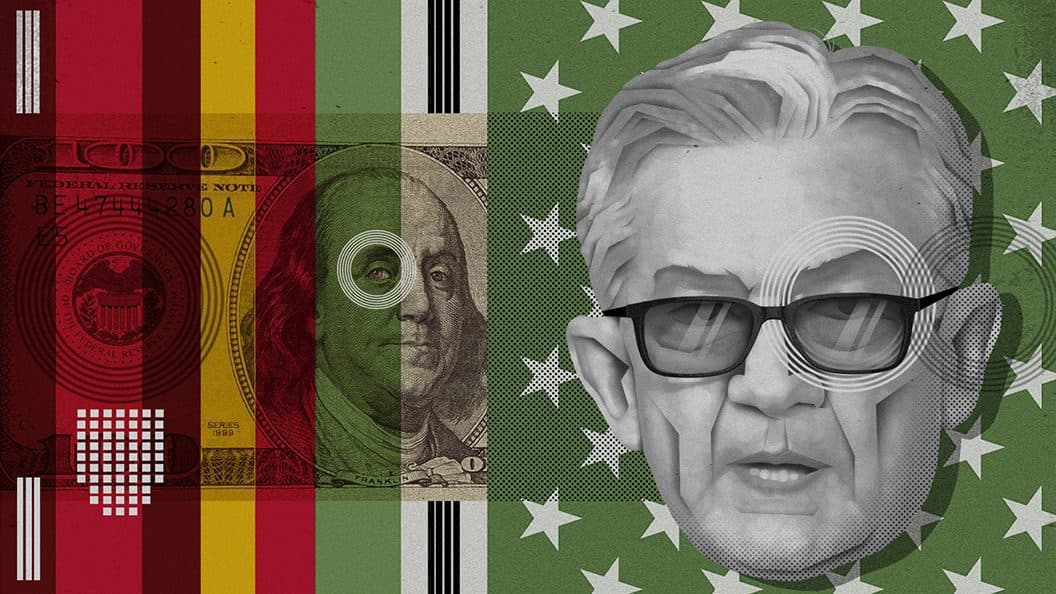Fed Opens Debate on CBDC, Takes No Policy Stance
The Fed was careful not to take a side in its Central Bank Digital Currency white paper Thursday, which the industry has been waiting for since May

Jerome Powell, chairman, Federal Reserve; blockworks exclusive art by Axel Rangel
- The Federal Reserve released its Central Bank Digital Currency report Thursday but made no indication of a policy stance
- A CBDC would be the safest digital asset available to the general public, the report said
The Federal Reserve avoided taking a side on a central bank digital currency in its highly anticipated white paper released Thursday.
In the 40-page report, the Fed outlines the advantages and disadvantages of creating and implementing a CBDC, but made no policy recommendations. The report comes as other nations move forward with their own CBDC plans.
China and Russia have both expressed interest in creating CBDCs. China has already launched wallets to test its eCNY, which it hopes to have up and running by the Winter Olympics this year. Russia revealed in December that it was moving toward developing a CBDC, partly in response to the threat of Russian banks being possibly disconnected from the global financial system.
In June, the European Central Bank argued that central banks that chose not to establish official digital currencies were risking losing autonomy and control over their financial systems in its own report. The Bahamas became the first nation to issue an official digital currency with the Sand Dollar’s launch in 2020.
The Fed has taken a more cautious approach. Fed chair Jerome Powell has repeatedly emphasized the need for the central bank to move carefully in any plans, stating in March that the US does not have to be first when it comes to a CBDC, but it does have an obligation to be the best.
In the report, researchers highlight the potential benefits and risks of a digital dollar.
“A CBDC would be the safest digital asset available to the general public, with no associated credit or liquidity risk,” the report said.
It could also help to “level the playing field in payment innovation for private-sector firms of all sizes.”
But a CBDC raises questions, too, researchers noted. The stability of the current financial system may be compromised and there may be unforeseen implications for the existing “financial-sector market structure.”
The Fed will be accepting public comment until May 20, 2022. Should the central bank decide to move forward with CBDC implementation, Congressional approval would be needed. The report also noted that the central bank has no plans to move forward with a CBDC without support from Congress and the executive branch.
“We look forward to engaging with the public, elected representatives and a broad range of stakeholders as we examine the positives and negatives of a central bank digital currency in the United States,” Fed chair Jerome Powell said in a statement.






